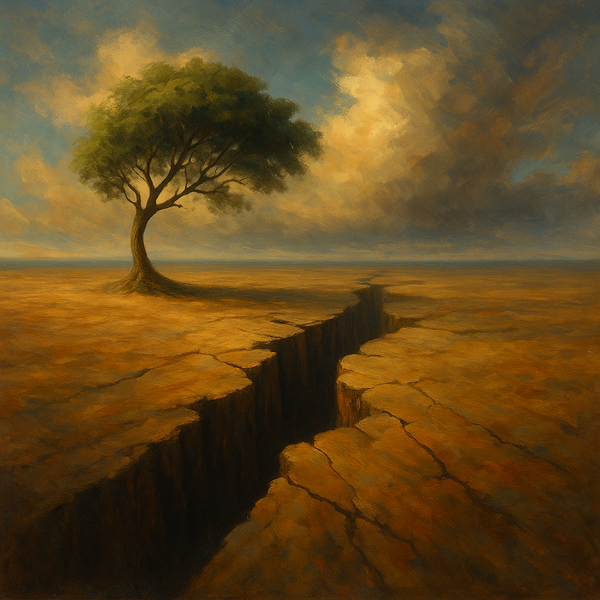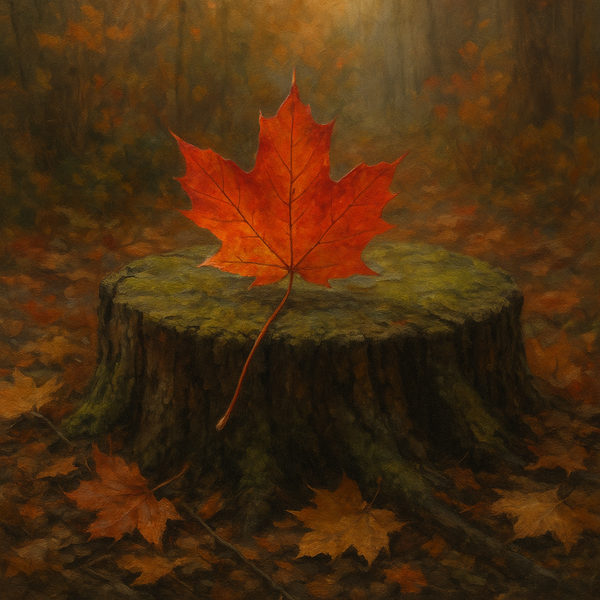Then vs. Now: Growing Older With The Village
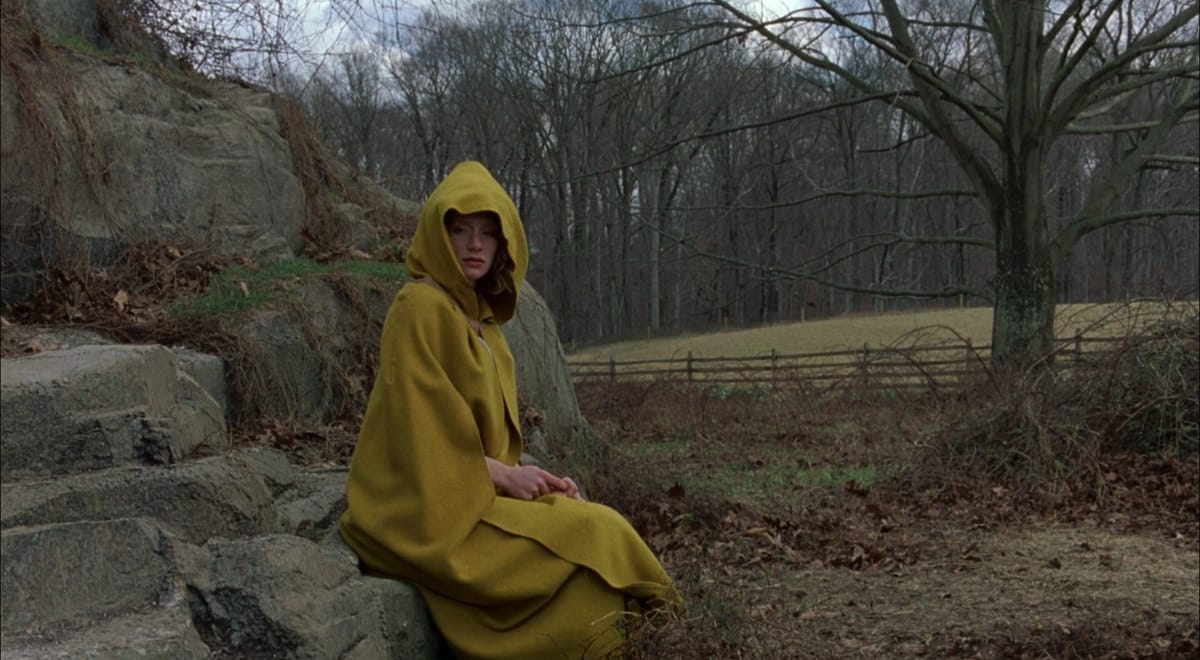
Something interesting I've noticed as I get older. Some of the films you really loved at different times don’t necessarily stay the same when you periodically revisit them. Many of them actually grow with you. Or maybe it’s that you grow, and the film remains a mirror for both the person you were and the one you're becoming. For me, one of those films is M. Night Shyamalan’s The Village.
But watching it again as a middle-aged person who's seen a thing or two, I don't just see a strange remote place for people who valued the old ways anymore. I find it impossible to ignore the way this is really a story about fear, illusion, and what it costs to live an isolated life behind walls. And that shift in how I see the film says a lot about how I’ve changed, too.
Back Then: A Candlelit Fantasy
I first saw The Village in my late 20s. Back then, I was still having a lot of trouble finding a place for myself in the world where I felt like I fit and was beginning to wonder whether I ever would.
However, I found a lot of solace in stories about bygone times and other places. Modern life felt way too loud for me back then. Too fast. Too many computers and complicated shortcuts. Too full of people who failed to see the beauty in slow living and simple things. That version of me thought it would be wonderful to go back in time and just... like... stay there.
So, The Village scratched more than one itch for me at the time. The rustic wooden homes, the flickering candles, the soft clothes in muted hues. The whole thing looked like it had been dipped in beeswax and nostalgia.
And the elders’ decision to retreat from modern life made perfect sense to me. Of course, they wanted to preserve the “old ways.” Who wouldn’t want to escape noisy cars, rude neighbors, and relentless technology in favor of vegetables straight from the garden and long evenings under lantern light?
I wasn’t entirely thinking about manipulation, or lies, or what it costs to live inside a bubble built on fear. I was just thinking, "Hell yeah, sign me up for this village Airbnb (minus the monsters)!" I was still searching for refuge more than truth. A place that felt safe and intentional, even if it was also a little suffocating.
And The Village gave me that fantasy.
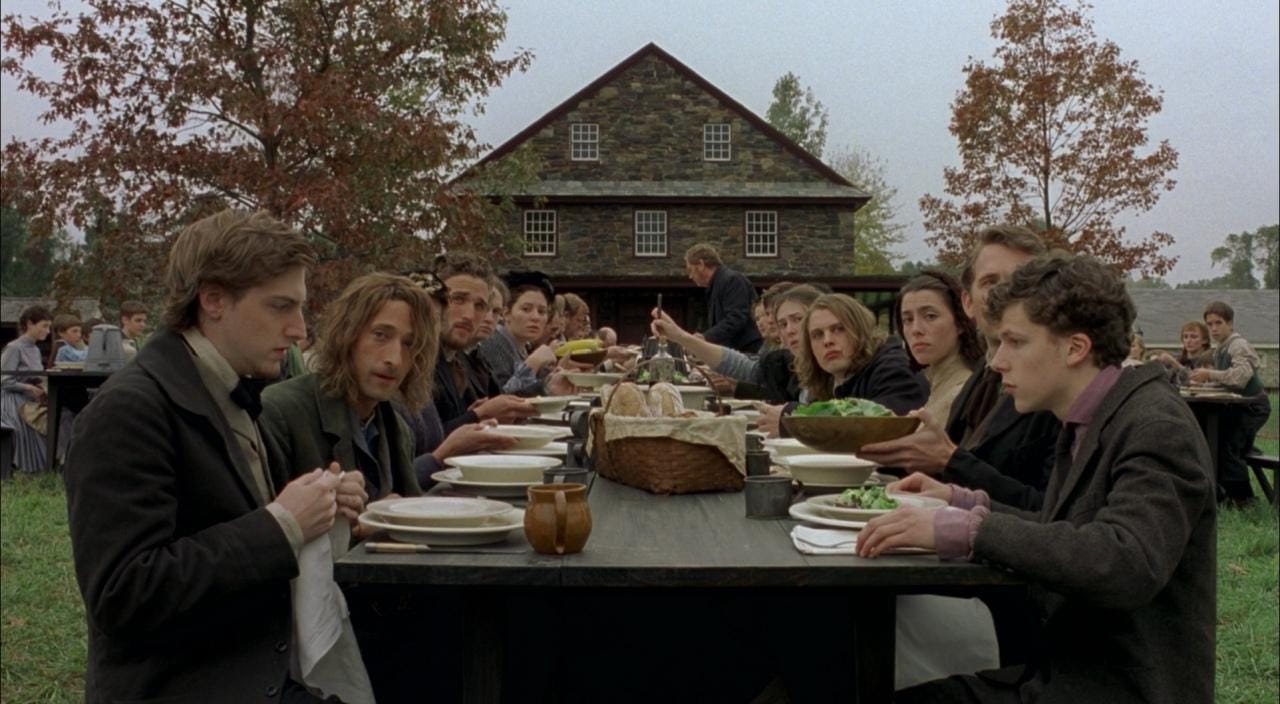
Now Seeing the Cracks in the Walls
Fast-forward 22 years (and a lot of day-to-day living) later. I still find the film gorgeous. I still love the candles, the handmade furniture, and the sense of community. But what strikes me now isn’t the comfort so much as it’s the cost.
The elders in The Village are essentially running the world’s most elaborate group chat, where the pinned message reads, “Don’t ever leave or even think about leaving, it’s scary out there.” They manufacture monsters, perpetuate fear, and keep people small in the name of keeping them safe. So, what looked like idyllic simplicity to me back then looks a lot more like control now.
Because choosing isolation for themselves was one thing. Choosing it for their children instead of giving them a choice of their own is another.
And then there is Ivy. Blind, vulnerable Ivy, who is the only one brave enough to walk into the woods despite everything she grew up thinking was waiting for her out there. She can’t see the path and can’t guarantee she’ll make it, but she goes. Because someone has to, and because staying inside the walls forever isn’t really living.
That’s what I admire now. Not the walls, but the courage Ivy somehow finds within herself to leave them.
Why This Shift Matters
I think we all have our “village years.” Periods in our lives when we long for safety so much that we’re willing to stay stationary inside a structure someone else built, even if doing so keeps us stunted and trapped. Families can be villages. Workplaces can be villages. Entire belief systems can be villages.
And there’s nothing wrong with needing or wanting safety in your life, but there’s a big difference between shelter and confinement. As you grow, you begin to notice the cracks in the walls of the structures you thought were keeping you safe. You start to realize that the stories you told yourself about why you had to stay – it’s dangerous out there, you’re not ready, no one will understand you – may not have been the whole truth.
When I look back at my younger self, I see someone deeply disappointed in life and disenchanted with the world. Someone who longed for shelter and understood why the elders retreated the way they did. And that was valid. But I also see the woman I am now, a person who knows it’s possible to build a sanctuary without letting someone else dictate the boundaries of your life.
Of course, I’d be lying if I said I didn’t still want to live in the village a little bit. Who doesn’t want to swish around in butter-colored skirts while making jam and ignoring email? If someone handed me a brochure with fine print that read “occasional fake monster attacks included,” I’d probably at least flip through it.
But the difference is, I wouldn’t sign up blindly anymore. These days, I want the candlelight and the truth. I want the jam, but not if I have to spread it on fear toast to have it.
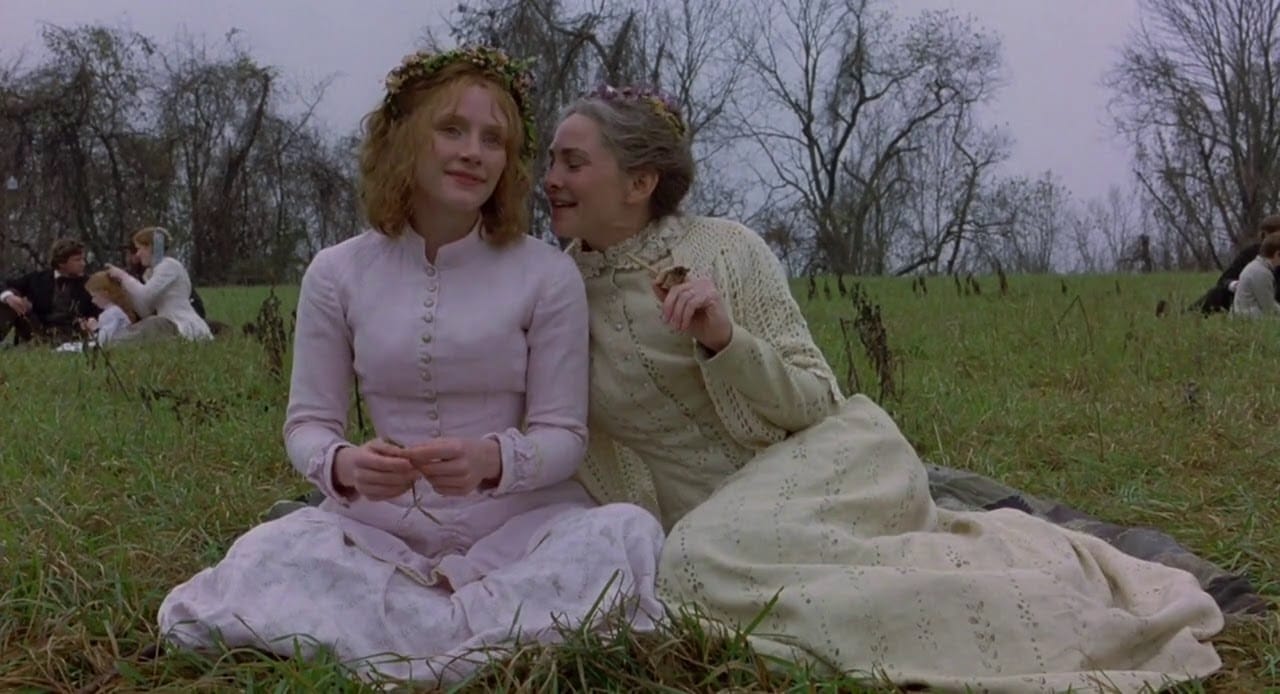
The Woods Are Always There
Ultimately, The Village is still "my" film, just for different reasons. Back then, I loved the sanctuary most. Now, I love the story of leaving sanctuary behind. Ivy’s walk into the forest feels like a parable for adulthood itself. You can’t see everything that’s waiting for you, but you go anyway. Even if you're sure there are only horrors out there.
And maybe that’s the point. Our favorite films and stories don’t just entertain us. They also map our growth. They remind us of who we were, and they whisper truths to us about who we’re becoming.
So, if you haven’t revisited your own “village” film lately, consider this an invitation to do so. Step back into the story. See what’s changed since you were last there. You might be surprised at what it tells you about yourself and what woods you might find yourself ready to walk into next.




